This post is about the rest of our time in Japan, which unfortunately got short shrift when we got home, moved house, planned and left for Round 2 of travels. Japan is an utterly unique and memorable place, so we’re throwing travelogue chronology to the wind and posting it now (only two months late ;^). Turkish delights to follow soon!
***
Since our trip to Japan was relatively short (ten days), we limited our explorations to Tokyo, Kyoto and Nara. Japan is an expensive destination for Americans, and even with budget accommodations and lots of noodle meals it still stretched our budget. Our unofficial slogan for Japan became “Japan: A Country Best Visited on an Expense Account”. These are our favorite experiences:
- Shinkansen Trains. These are the high speed bullet trains that run all over the country. We took the train from Tokyo to Kyoto and back. We covered nearly 500 km in 2.5 hours, and the ride was very smooth. One unexpected side effect of traveling so fast was that our eyes couldn’t register details of what we saw outside. We would go by telephone poles and fences, over bridges – and we would only see them by looking at the photos we snapped from our seats. Wish we had train service like this in California, say around 2020 or so…
- Mos Burger. Two friends separately recommended Mos Burger, and as the 2nd largest hamburger chain in Japan (behind McDonald’s, of course) we had to try it. The challenge lay in finding one, because their website is pretty useless unless you read kanji (major Google Maps fail occurred, sending us on an urban goose chase). All we can say is that if you wander Tokyo or Kyoto long enough, and ask enough young Japanese, you will find a Mos Burger. Our first Mos Burger experience was in Akihabara section of Tokyo. Burgers are made fresh and to order, and include unique and tasty items such as the rice paddy bun and seafood patty combo. Tasty (and weird) stuff.
In Tokyo:
- Not ordering from the menu. Our first night in Tokyo we went to a sushi restaurant where the only English words were “Sushi Chef” on the chefs’ name tags. We sat at the sushi bar and played a few phrases to our chef from our geeky language translator device: “What do you recommend?”, “Please give us the dish you are known for” and “That was delicious!”. With those simple phrases and a good amount of smiling and pointing, we had a delicious sushi meal. Our chef kept presenting us with different pieces of sushi until we were full, many of which we’d never tried before and were not included in the picture menu. No clue what some of the fish were, but it was good! The bill was reasonable – about $60 total, including large beers. Sometimes giving up control and trusting others to show you what they do best is a nice surprise.
- Akihabara (Akiba) & Maid Cafes. Tokyo’s electronic neighborhood, this is the place you go for all the parts needed to build your own computer. Another fun part of Akiba are the maid cafes, pay-by-the-hour operations where you can go for a drink or dessert and be served by adorable young Japanese women dressed in maid costumes. We went to the @home Cafe and joined a crowd of mostly solitary men (of which there are a lot in geeky Akiba), but there were some couples there too. You also can hire a maid to play a game with you, for a strictly timed 3-minute session. Mark and I each played a game with a maid, preschool style games similar to Hungry Hippopotamus. Innuendo abounds in the maid cafes, but innuendo is clearly where the line is drawn.
- Tsukiji Fish Market. This is the largest fish market in the world, the wholesale fish market for Tokyo, and it’s crazy! Thousands of pounds of fish are auctioned off here every morning. We got there at a painfully early 6 AM and the market was buzzing with activity. Round electric carts whizzed up and down the narrow aisles, and we constantly jumped in and out of someone’s way. Hundreds of stalls filled the warehouse, each displaying their catches on ice. We saw fist-sized scallops, 400 pound tuna, octopus, foot-long mussels, and even some (very controversial) whale meat.
In/By Kyoto:
- Kodai-ji and Kennin-ji temples. We visited several temples in Kyoto, but these two Zen temples were our favorites.
- Kodai-ji has a beautiful extensive garden, including a bamboo grove and includes tea houses designed by the tea master Sen-no-Rikyu.
- Kennin-ji is the oldest Zen temple in Kyoto and was founded by Eisai, the monk credited with bringing tea to Japan. Large wooden decks surrounded the buildings, and framed “dry landscape” (mostly rock) gardens. The creak of the wooden floorboards, the monks’ cushions still showing the indentations from the morning’s meditation, the lingering smell of incense, the lone tree standing in an ocean of rock…it is difficult to convey the beauty of this place. It was so…Zen.
- Nara. Nara is the ancient capital of Japan; we visited as a day trip from Kyoto. We went to Todai-ji, the world’s largest wooden building and home of the Great Buddha (Daibutsu). The scale and magnificence of this building astonished us. We also visited a traditional Japanese garden called Isui-en, where the concept of ‘borrowed scenery’ – using the surrounding hills as a backdrop to the garden – is used to pleasing effect. Mind the hundreds of bowing deer in Nara – they can be very aggressive if you don’t hand over a deer biscuit!
- Walking by the Kamo river. If we lived in Kyoto, we would walk, run or bike on the paths by this river as often as possible. We saw cranes, egrets, and the scent of the flowering plants (mustard, we think) insistently informing us that spring had arrived.
We have a wish list for a future trip to Japan (expense account pending – any offers?). We want to…
- Visit more onsen. Onsen are hot springs, and there are thousands all over the country in almost every setting you can imagine. Maybe you’ve seen the picture of monkeys in steaming water surrounded by snow? We visited one onsen in Kyoto, and would like to visit more, especially ones in outdoor settings.
- Climb Mt. Fuji. It can be done as a day or night hike, and the view is spectacular.
- Visit a tea plantation. I love Japanese tea, especially genmaicha and sencha, and much of Japanese tea is grown outside Kyoto. It would be fascinating to see the harvesting and processing of the tea leaves.
- Eat more sushi!
You can see many of our pictures of Nara and Tokyo; Kyoto is still in the works.
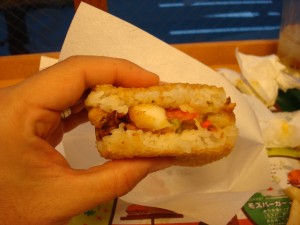
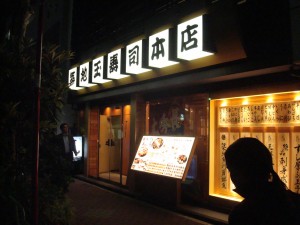
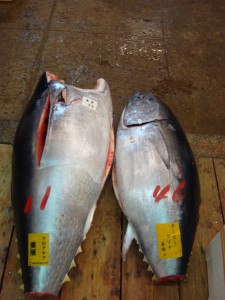
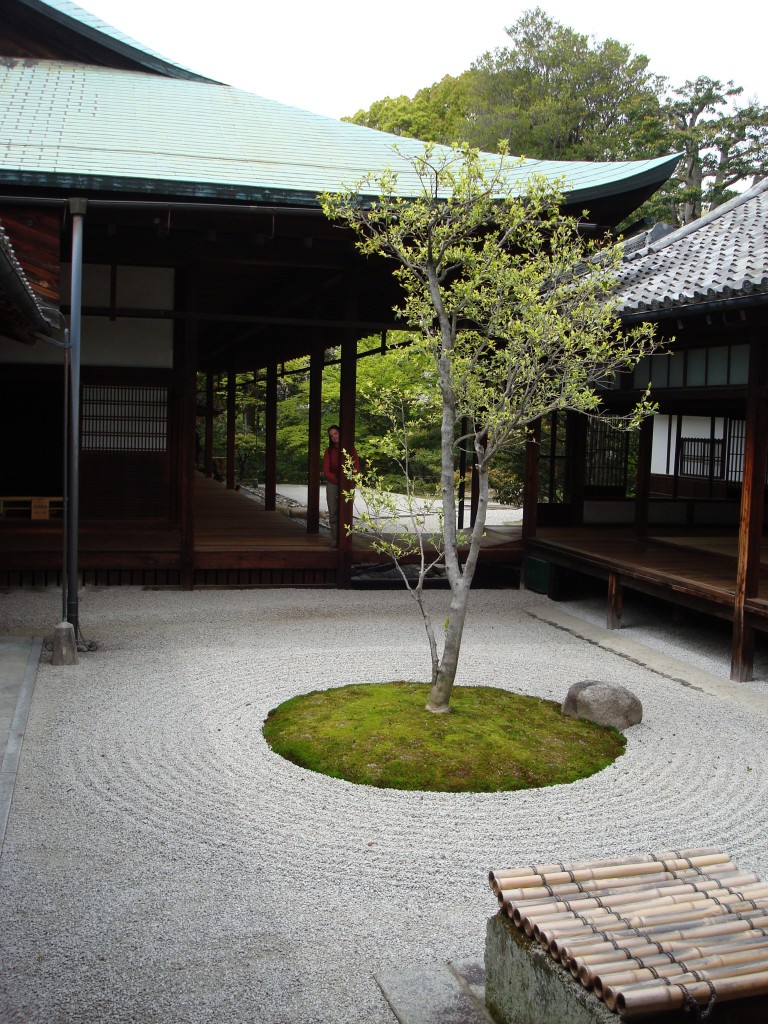
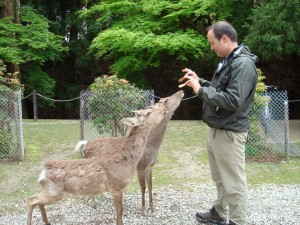
{ 1 comment… read it below or add one }
hello,
I loved your tips!me and my husband are going to japan in a few days! We’re ganna to take the winter!! And i hope to eat a lot sushi too! 🙂